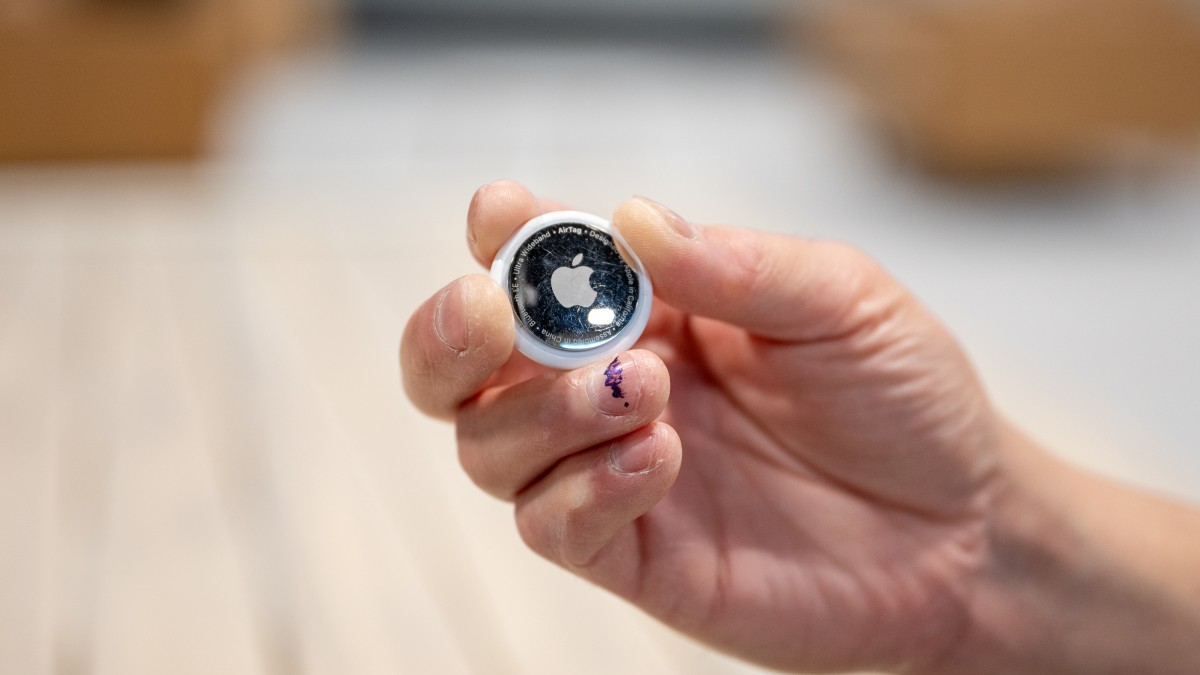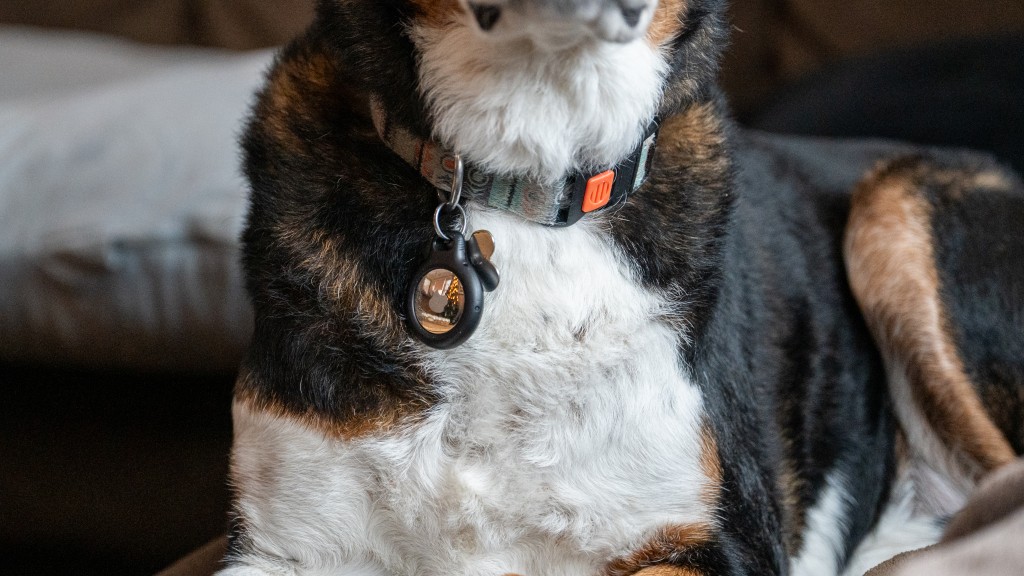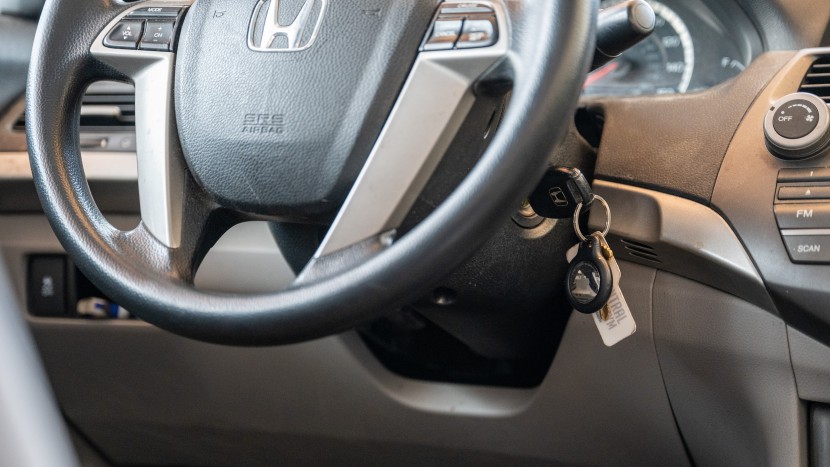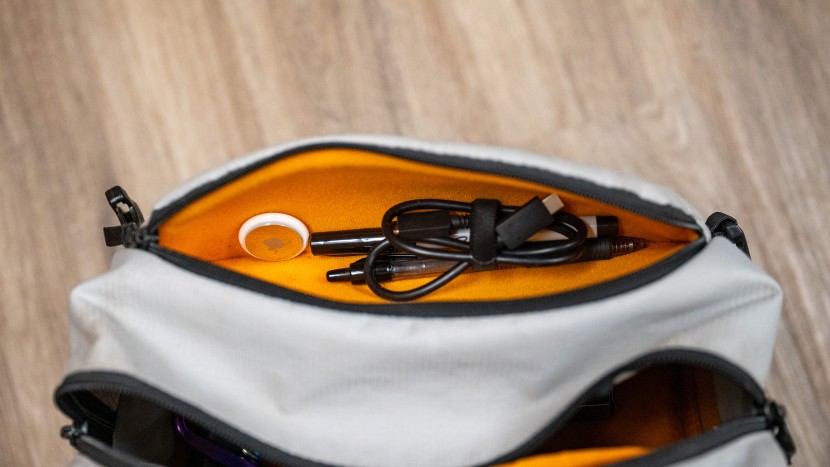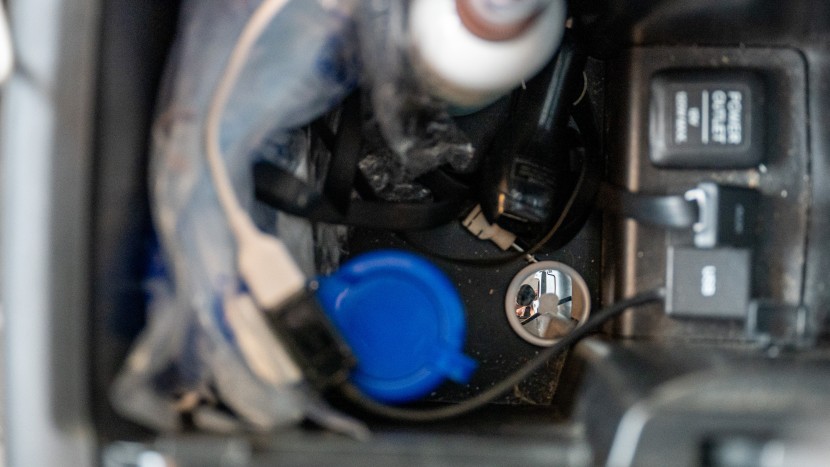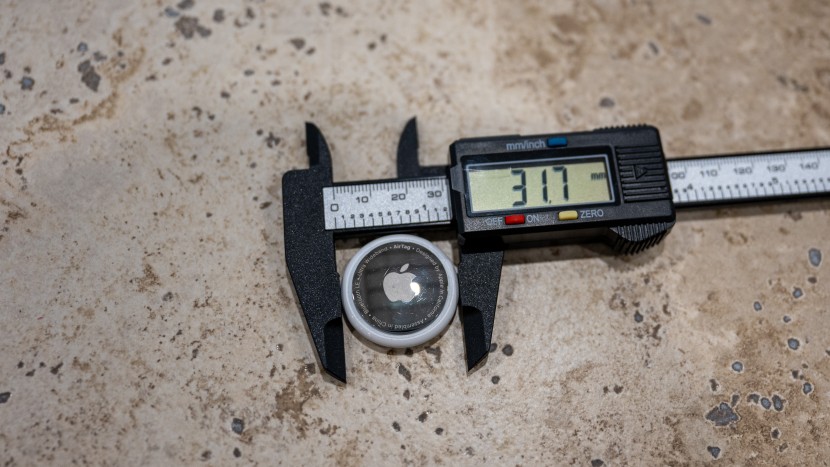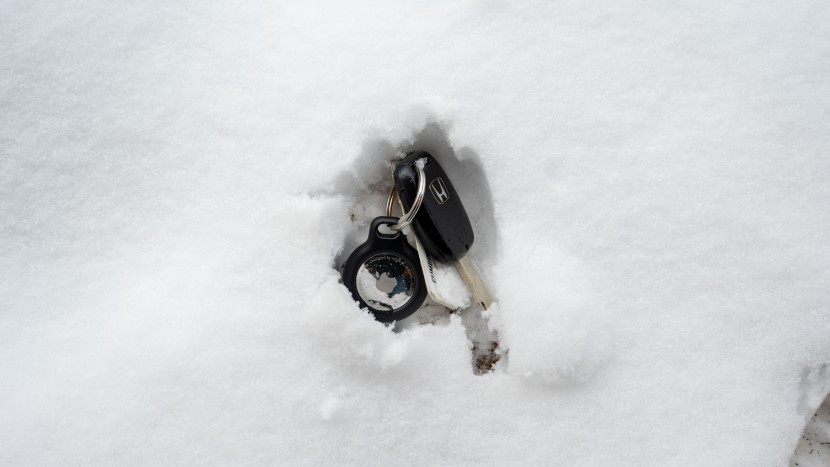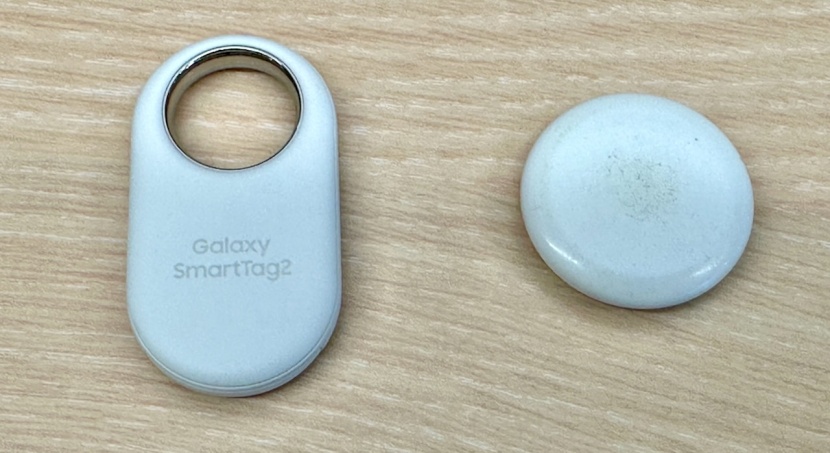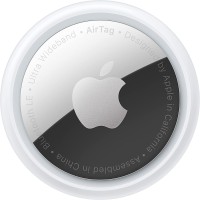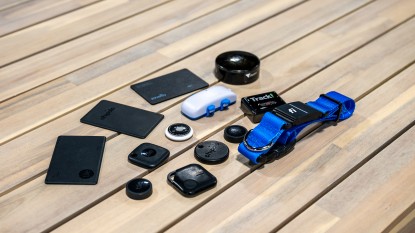
Our Verdict
Our Analysis and Test Results
Apple's AirTag can tap into one of the most wide-ranging networks with hundreds of millions of devices to update the last-seen location of your lost item. When you're at the same address as your misplaced keys but still can't find them, you can use Precision Finding like a compass to point you in the right direction. On top of that, there's a painless setup process and a user-friendly app to get you tracking your gear in no time.
Finding Keys
Considering Apple designed the AirTag to find commonly misplaced items, this tracker is meant to live on the same keyring as your keys. The Bluetooth range is underwhelming, but most people leave their keys behind in their house or office, which the AirTag's short radius can easily cover. Instead of only following the tracker's ringtone, the ability to use an iPhone's Ultra-Wideband chip to guide you to your lost keys is a valuable convenience. In cases where we didn't realize we had left our keys behind, Apple's Find My app alerted us with its left-behind notifications before we got too far. Whenever your keys fall out of the tracker's Bluetooth range, you can still take advantage of the Find My network that looks for other nearby Apple devices to update the AirTag's location, which is all done anonymously. Looped around the same keyring as your keys, the AirTag feels lightweight and unintrusive, even when using an accessory case.
If you're in any densely populated area, your AirTag will be backed up with nearby Apple devices on the Find My network. However, if you lose your keys on a hiking trail that gets very little foot traffic, it could take a while for the AirTag to come across another Apple device to refresh its location. Setting up Apple's tracker may be a breeze, but it's annoying that you have to buy an accessory to attach it to your keys since it doesn't come with a built-in hole.
Finding Luggage and Bags
For all the anxious travelers out there, the AirTag offers a lot of reassurance with your luggage. You don't need any accessories to stash this tracker anywhere in your luggage or bags, and it only weighs 11 grams, so it won't significantly affect any weight allowances. In an airport, the tracker will be surrounded by other iPhones on the Find My network, so you can get constant updates as your luggage makes its journey separate from you. In the case of lost luggage, you can use the tracker's Precision Finding feature to pinpoint exactly where it wandered off and show the appropriate airline staff. It's just as easy to toss an AirTag into a backpack with expensive camera gear or important medications. If you're around people, your backpack will most likely be somewhere with plenty of Apple devices to keep a persistent eye on its location. Once you toss an AirTag into your bag, you can leave it in there for about a year until the battery runs out, at which point you can replace it with a fresh CR2032 battery.
If your bag is stolen, the AirTag has a serious drawback where a thief with an iPhone will get an alert of a tracker following them. Thanks to Apple's anti-stalking safety feature that is meant to prevent people from being tracked without their knowledge, an iPhone or iPad that detects an unrecognized AirTag moving along with it will send its owner an alert. For any tech-savvy thief, this will tip them off to locate the tracker in the stolen bag and toss it. Along with those safety alerts, the AirTag starts beeping when separated from the paired iPhone if it's been more than 8 to 12 hours.
Finding a Pet
Everybody wants more peace of mind for their furry friends, and the AirTag is an uncomplicated way to get just that. When you're at home, this tracker can provide you with regular updates on your cat or dog's last location, as it will stay within the operating Bluetooth range. It's great for smaller animals since the AirTag's ringtone and Precision Finding feature can reveal your pets' secret hiding spots. To add another layer of supervision, the AirTag's separation alerts will notify you if your dog makes a break for it past your backyard or if it gets too adventurous on your daily walks. The tracker even has an IP67 rating, meaning it can handle whatever dirt, dust, or water your dog puts it through.
It's critical to point out that the AirTag won't work as well if your pet runs into a remote wooded area outside of the Bluetooth range. In less-trafficked areas, the AirTag could take a while to give you a last-known location as it desperately looks for any iPhone to bounce its position off of. Just like with keys, we wish Apple included a way to attach the AirTag to a dog collar without additional accessories. It's especially important to get a collar attachment with pets since a dangling AirTag on a collar attached by a keychain could pose a choking hazard.
Finding Bikes and Vehicles
While the AirTag isn't designed for theft recovery, it can help remind you where you left your car or bike. Leaving the tracker in the glove compartment of a car allows you to quickly figure out where you left your car in a ski resort's densely packed parking. Again, if you forget which city intersection you parked your car, you can activate Precision Finding to figure out which direction to head towards. It's not a bad idea to add an AirTag to your car or bicycle if you plan to leave it in something like a long-term parking garage. This way, you can keep tabs on it while you're away and have an easy time getting back to it when you return.
Since the AirTag is still a Bluetooth tracker, it's not ideal for determining the location of a stolen car. Considering the limited range of Bluetooth, you won't have much luck tracking something that moves as fast as a car or bicycle. For Apple's intended use of finding misplaced items, the tracker sounds too quiet when tucked away in a car's center console or glove compartment. Additionally, the AirTag has only one ringtone, which is easily drowned out by environmental noise.
Usability
Small and sleek would be a good way to describe the AirTag. Setting up the tracker is as simple as yanking out the pull tab and connecting it to your iPhone. After a quick setup, you can easily slip it into a backpack, luggage, or onto your dog's collar. The AirTag may only come in the basic white color, but Apple gives you the option to add an engraving for free with the choice of emojis, your name, or whatever else you can think of. Precision Finding is a major timesaver for finding your lost items, and when you're out of range, you can take advantage of Apple's extensive Find My network.
It's no surprise that Apple designed the AirTag to only work with its own devices, but that doesn't make it any less of an inconvenience. During most of our testing, we had to pair this tracker with an accessory that added an attachment point, as there's no built-in loop. Apple and third-party companies make several accessories, but that's another cost to add to the tracker. Even though there's the option to use Precision Finding, we wish the AirTag's ringtone were louder, since it's sometimes hard to hear in busy environments.
Should You Buy the AirTag?
The Apple AirTag is a simple Bluetooth tracker that is exceptional under certain circumstances. With its vast network, the device works great in crowded places or if you live in a large city or town. It's easy to set up and links seamlessly into the Apple ecosystem, making it our top choice for Apple users. If you live in a rural area or want to track your adventurous pet that often wanders into the woods, this device is probably not for you due to its limited range.
What Other Trackers Should You Consider?
The Tile Mate is a great alternative if you want a tracker that can work with both Apple and Android devices. If you're already using a Samsung Galaxy smartphone, the SmartTag2 offers all the same benefits as the AirTag but is exclusive to Samsung devices. Neither can tap into Apple's broad Find My network, and instead have smaller networks to help locate a lost item. If you're looking for something that's not limited by Bluetooth range, the Tracki GPS and Tractive GPS are much more accurate but come with extra subscription costs.
| Awards | Best for Apple Users |
|---|---|
| Price | $29 List Check Amazon (on sale!) |
Overall Score  |
|
| Star Rating | |
| Bottom Line | This no-frills Bluetooth tracker can be set up in seconds and taps into Apple's vast Find My network to pinpoint misplaced items |
| Pros | Easy setup, large Find My app network, Precision Finding feature |
| Cons | Only compatible with iOS, disappointing range, single tone, no built-in attachment points |
| Rating Categories | Apple AirTag |
| Finding Keys (20%) | |
| Finding Luggage and Bags (20%) | |
| Finding a Pet (20%) | |
| Finding Bikes and Vehicles (20%) | |
| Usability (20%) | |
| Specifications | Apple AirTag |
| Measured Weight | 11 g |
| Dimensions | 31.9 mm diameter |
| Type | Tag |
| Battery | Replaceable CR2032 coin cell battery (up to a year+) |
| Measured Bluetooth Range | 106 ft |
| Waterproof | Water resistant IP67 |
| Camera Shutter | No |
| Measured Noise | 58.1 dB |
| Device Tones | 1 tone |


